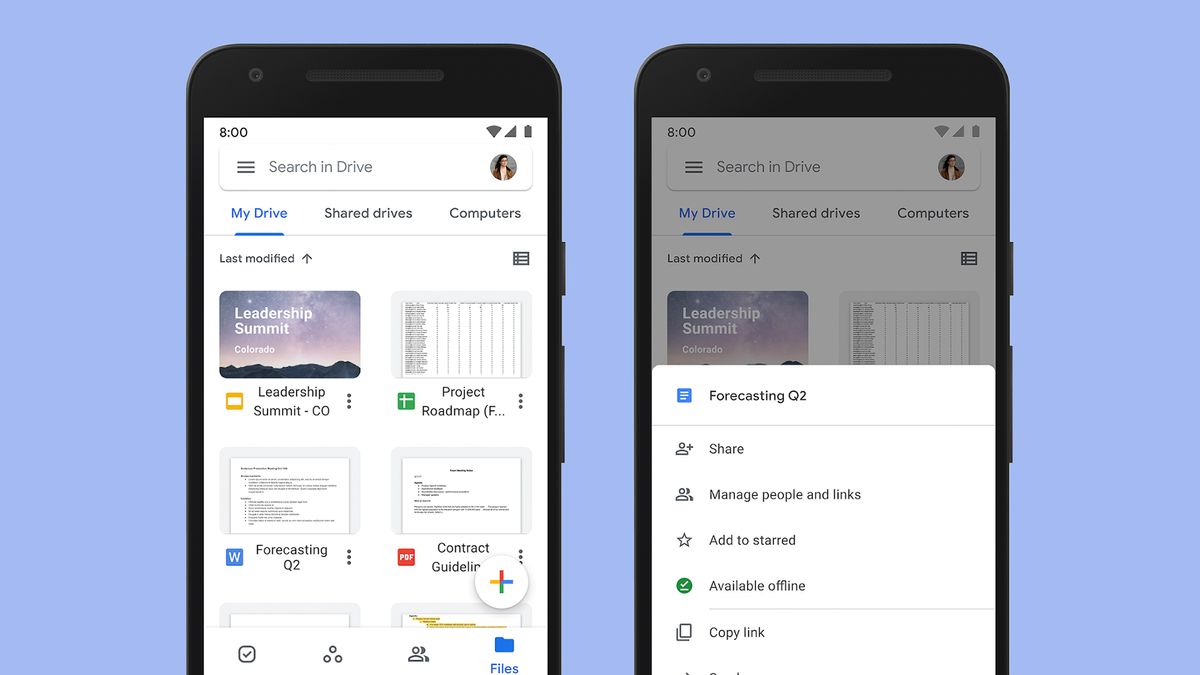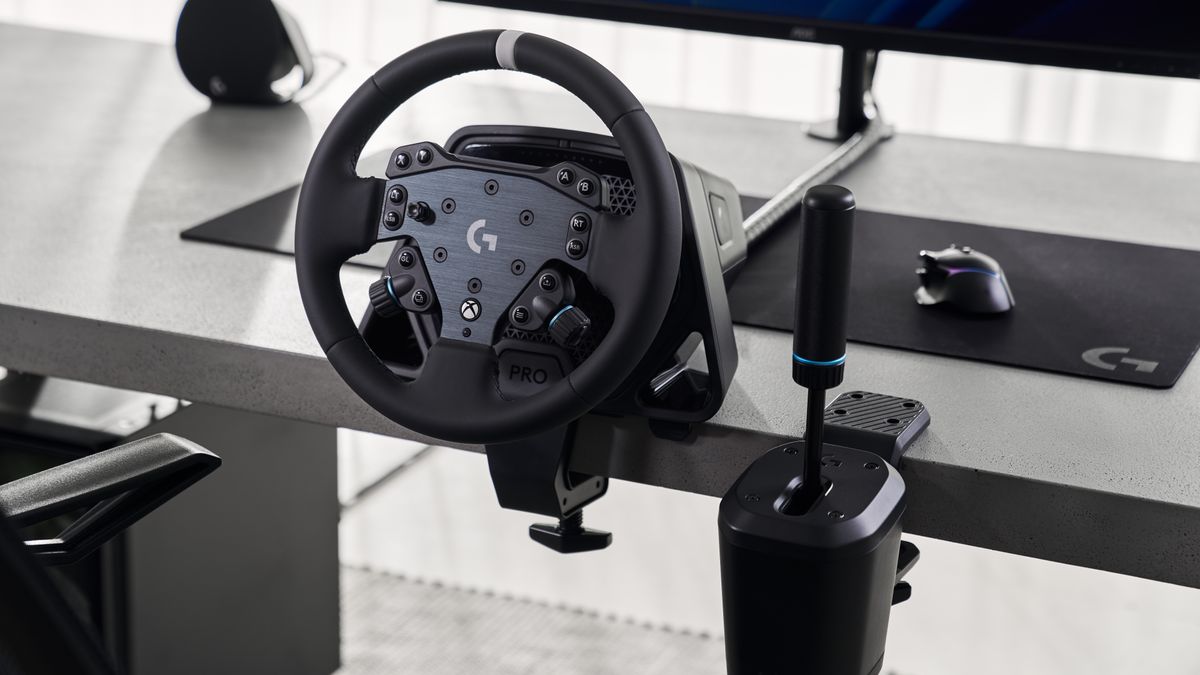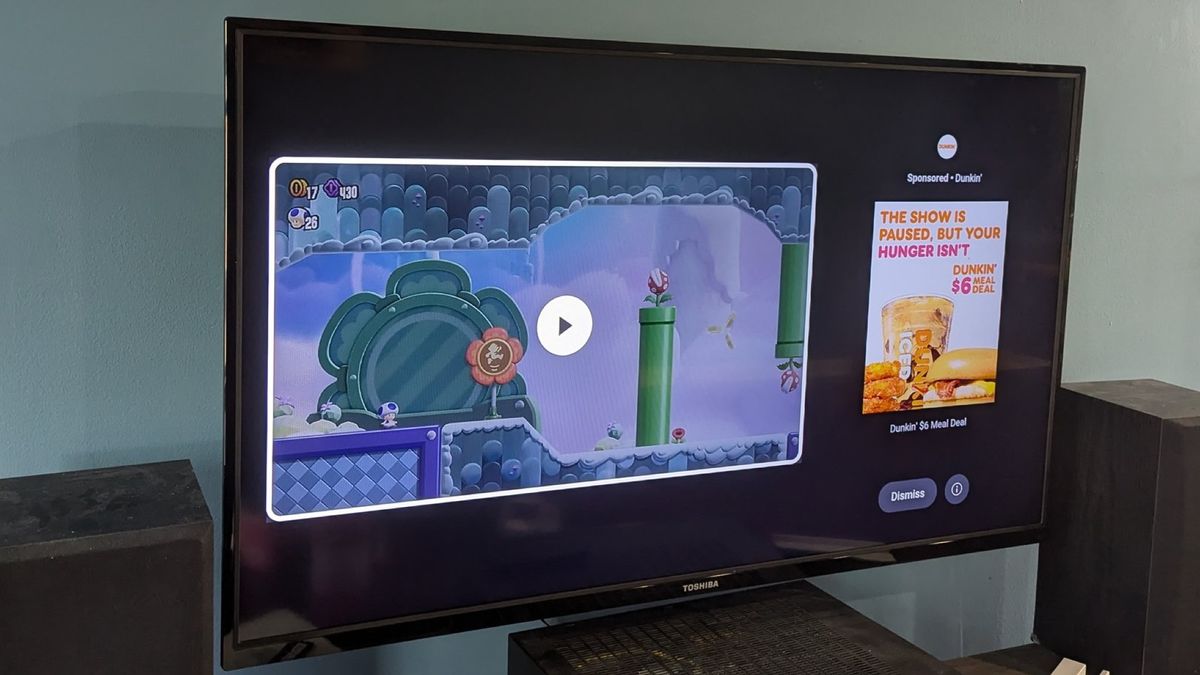During CES 2024, California-based startup Rabbit Inc. revealed its new mobile device that aims to change the way people interact with smartphone user interfaces through artificial intelligence.
It’s called Rabbit r1, but before we get into what it does, let’s first go over a recent presentation video because it provides important background information. The company’s CEO, Jesse Lyu, says the interfaces of modern smartphones are not intuitive. He says there are too many applications that don’t interact with each other. Lyu doesn’t like having to jump from one app to another just to perform simple tasks, so Rabbit Inc. looked to create a device to automate all of these processes, and that device is the r1.
Personal assistants
Inside is a Large Action Model, or LAM for short. It is an AI model with the ability to learn how users interact with applications in order to replicate the same behavior. The software can understand complex interactions without needing an additional API (application programming interface) to guide it. This technology serves as the basis for the company’s proprietary operating system called Rabbit OS.
With Rabbit OS, users will be able to create automated scripts known as ‘rabbits’ to perform tasks using voice commands. These assistants behave similarly to the Google Assistant. The main difference with the Rabbit device is that all tasks are performed through a single interface. You won’t have to open apps and log in just to do one thing.
Rickrolled by #AI at #CES2024 😂Although I love the @rabbit_hmi r1 (and @teenageengin33r!!)@rickastley @CES #IoT #design pic.twitter.com/Yxt2vfWwVVJanuary 9, 2024
As an example, let’s say you want r1 to do your shopping. First, it records the process of starting a grocery app, choosing what you want, and then paying. The next time you need to buy food, you can take out the R1, press the button on the side, and verbally command it to perform the same actions from your previous grocery shopping experience. That’s the essence of how it works.
The scripts you create can even be monetized and distributed in the startup’s upcoming store, Rabbit Hole.
Hardware specifications
As for hardware, the little device is reported to be about the “size of a stack of Post-it notes” and weighs 115g (about 4oz). It comes with a 2.88-inch touchscreen, a push-to-talk button as mentioned above, and a scroll wheel for navigation. Under the hood, the Rabbit r1 is powered by a 2.3GHz MediaTek Helio P35 processor and an all-day battery. Other notable features include support for cellular connectivity plus an AI-powered rotating camera.
The Rabbit r1 is now available for pre-order in bright orange. It will cost you $200 “with no additional monthly subscription required.” According to the official page, it can interact with music, ride-sharing, and shopping apps, to name a few. US orders will ship at the end of March and international orders will ship later in the year. An exact date has not been given.
In a sense, the Rabbit r1 is a streamlined smartphone that leans more towards AI. It will be interesting to see how it competes with the models of the tech giants. Will he be able to stand toe to toe or will he be seen as nothing more than a toy? It’s hard to say.
While we ask you to check out TechRadar’s list of the best smartphones for 2024.
you might also like









